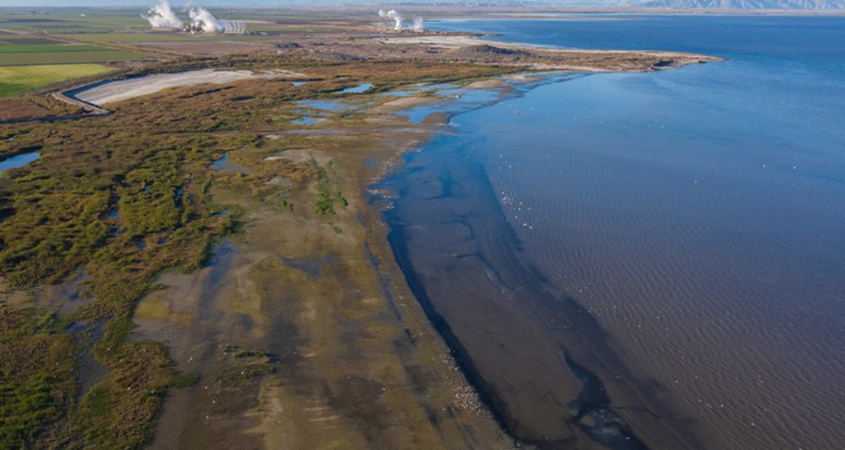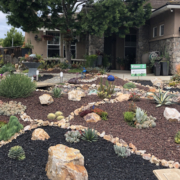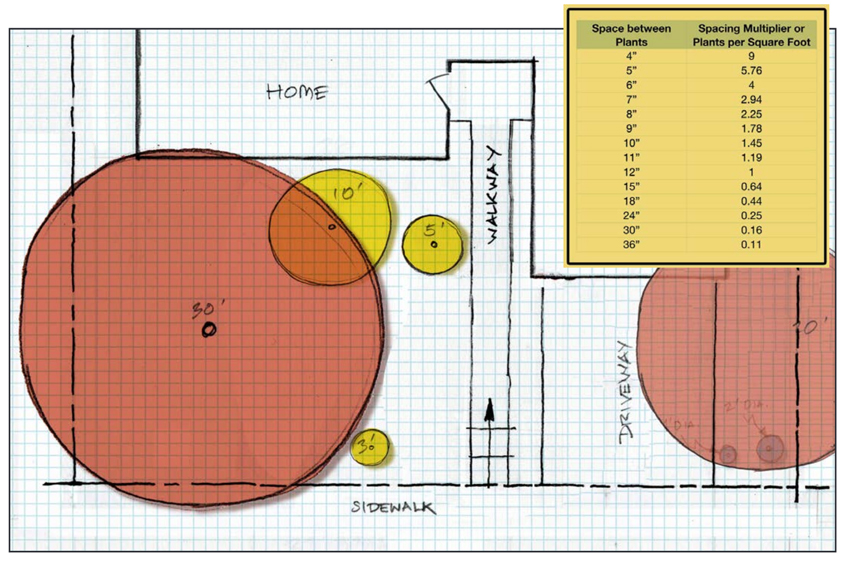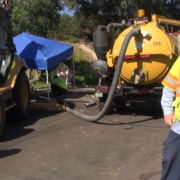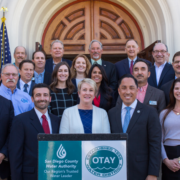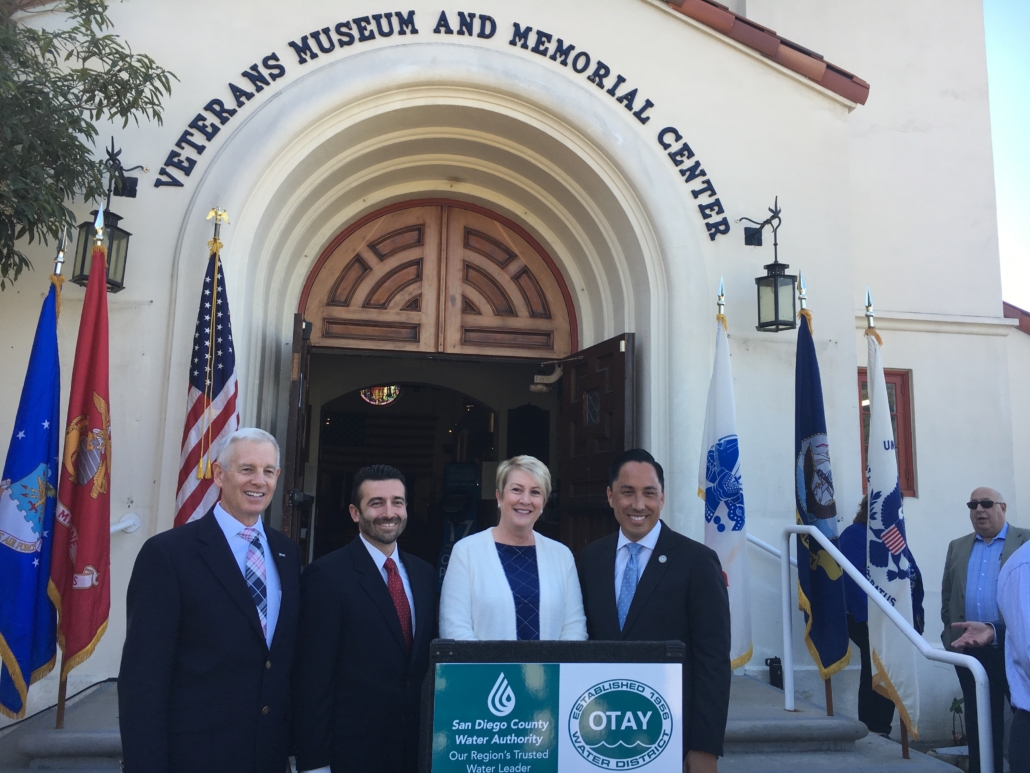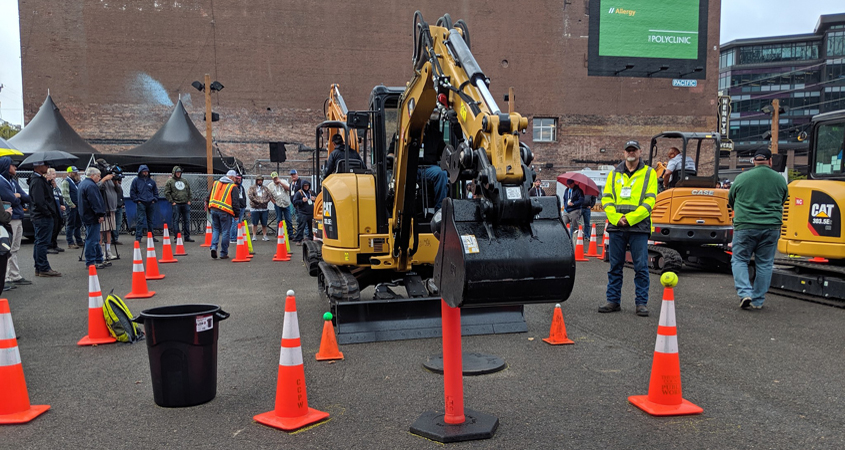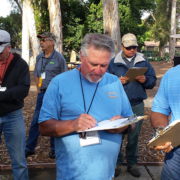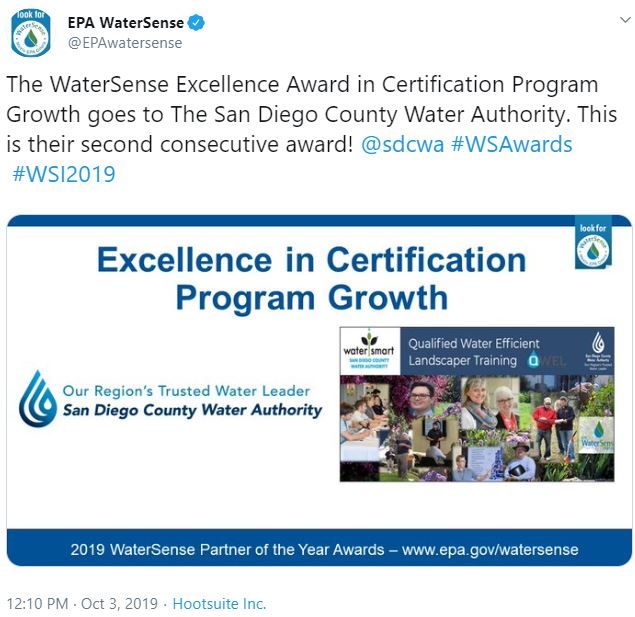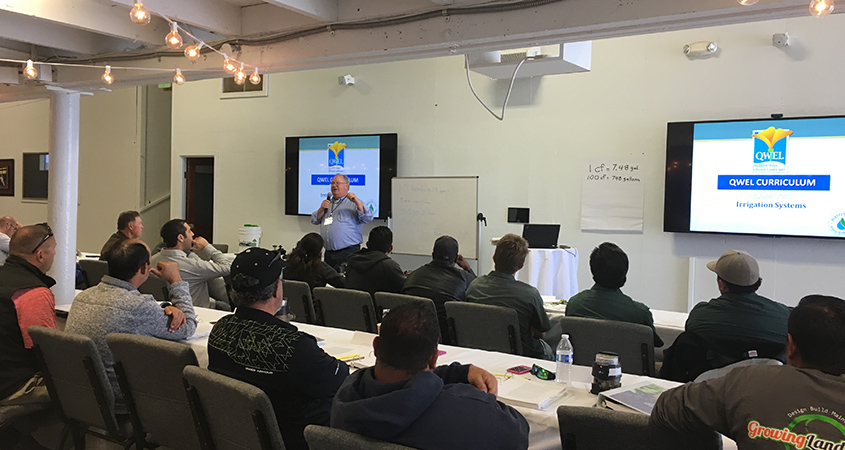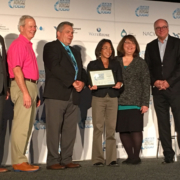Water Authority’s Public Outreach Efforts Honored
For the second consecutive year, the San Diego County Water Authority received two first place awards from the San Diego Press Club for its public outreach and education work. The awards were presented at the 2019 San Diego Press Club 46th Annual Excellence in Journalism Awards October 29 at the Jacobs Center for Neighborhood Innovation’s Joe and Vi Jacobs Community Center.
San Diego’s finest reporters, photographers, writers, artists, and communicators were honored with the region’s top awards in one of the largest annual competitions in the United States.
The Water Authority received the following Press Club awards:
Websites, Public Service or Consumer Advocacy Site: First place, Water News Network
Public Relations, Public Information and Trade Publications, Special interest on one-time publications: “San Diego County Water Authority: 75 Years and Counting”
The Water News Network has proven to be a valuable source of water news and information for the San Diego region since it started in May 2018. This is the second consecutive year the Water News Network website has won first place in this category.
“Traditional news organizations face increasingly limited resources, but our constituents still have the need for accurate information about water issues and efforts by the Water Authority and its member agencies to secure a safe and reliable water supply for the San Diego region,” said Denise Vedder, public outreach and conservation director for the San Diego County Water Authority. “The Water News Network is an effort to provide this information. It has also become a tip sheet for regional news media to follow water issues and generate their own independent reporting, which has been a welcome additional benefit.”
San Diego County Water Authority: 75 Years and Counting
“San Diego County Water Authority: 75 Years and Counting,” explored San Diego’s water history, needs and the 24 member agencies that serve the region. The one-time publication was a special section supplement within the Sunday, June 9, 2019 San Diego Union-Tribune, honoring the founding of the organization on June 9, 1944.
“The San Diego Press Club Excellence in Journalism awards shows that solid research, writing, reporting and photography matter more than ever,” said Karyl Carmignani, 2019 Press Club president. “I’m proud our organization honors student and professional journalists and public relations professionals in San Diego.”
This year’s Journalism Awards program drew more than 950 entries across multiple media categories. Judges included members of press clubs in San Francisco, Los Angeles, New Orleans, Rochester (New York), Florida, Cleveland, Orange County, Milwaukee, Tulsa, and Alaska.



